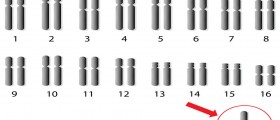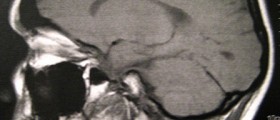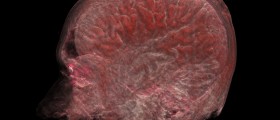
Adult people of height under 147cm (4 feet 10 inches) are considered to have short stature and suffer from dwarfism. Most of adult people affected by this condition are somewhere between 81cm (2 feet 8 inches) and 142cm (4 feet 8 inches) tall. These individuals are faced with many challenges regarding their education, socialization and work, while certain number of them also has to fight against discrimination in their environment.
What Causes Dwarfism?
In most cases, short stature or dwarfism is known to be caused by some genetic problems, but sometimes, there are no apparent reasons for this condition. Random genetic mutation in mom’s egg or dad’s sperm is commonly blamed for dwarfism.
About 80% of achondroplasia dwarfs have parents of normal height. Even though his or her parents are of average height, the person received one mutated copy of gene responsible for dwarfism and his/her height is below average. Achondroplasia dwarfs still have one normal copy of the dwarfism gene, so their kids may be either of average or below average height, meaning that their child can be of normal height or suffer from dwarfism as well. Mortality in people affected by achondroplasia is very close to people who aren't affected by dwarfism.
Turner syndrome is a condition seen in young girls, who happen to have alteration or deletion of one X chromosome. One copy of X chromosome (female sex chromosome) is still functional, but the other is not, so these girls usually experience short stature and several other medical problems due to this syndrome.
Deficiency of growth or other hormones is also known to lead to short stature and dwarfism in some cases, and is usually caused by genetic mutations or some kind of injury. Poor nutrition may also be a reason behind short stature, however, the fact remains that for most people suffering from dwarfism doctors cannot identify any cause.Are There Any Treatments for Dwarfism?
Treatments for dwarfism are usually not aiming to increase the stature, but to resolve some complications caused by short stature. Sometimes, surgery may correct disproportionate bones and correct the directions in which the bones grow, correct the shape of the spine or alleviate pressure on the spinal cord.
Hormone therapy with synthetic version of growth hormone (or other lacking hormones) is available for people (especially children) suffering from short stature due to hormone deficiency. Turner syndrome is also treated with long term estrogen replacement therapy.
Lengthening of the limbs is still a controversial procedure, but some people of short stature have tried it, although being aware of the risks accompanying this procedure.

















Your thoughts on this
Loading...